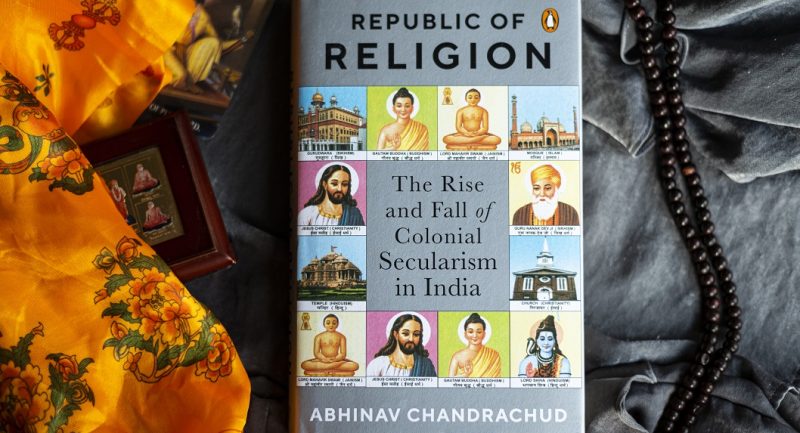
The Upanishads contain the most crystallized bits of wisdom gleaned from Hinduism.In The 108 Upanishads, Professor Dalal explains the concepts at the core of each Upanishad clearly and lucidly. Moreover, her vast, diverse philosophical and theological readings add priceless scholarly context, making this volume indispensable for students of religious studies.
Here is an enlightening excerpt from the introduction.
“The Upanishads are a series of Sanskrit texts which contain a profound philosophy. They form part of the literature of the Vedas, the most sacred texts of Hinduism. The term ‘upanishad’ is often interpreted as ‘sitting near the feet of a master’, the word being broken up into ‘upa’ (near) and ‘nishad’ (sitting down).
However, different interpretations arise when ‘ni’ and ‘shad’ are separated. ‘Ni’ means ‘totality’, and one of the meanings of ‘shad’ is destruction’, and ‘upanishad’ therefore, is ‘that which destroys ignorance’. Shankara (Adi Shankaracharya), the eighth- to ninth century philosopher and the greatest exponent of the Upanishads, suggests this meaning. However, the original meaning of the word, provided in early texts, is ‘secret doctrine’. Yet another meaning of Upanishad is ‘a connection’ or ‘equivalence’; thus, the texts discover and reveal the connections between different topics.
Vedic Literature
How do the Upanishads fit in with the rest of Vedic literature? ‘Veda’ comes from the Sanskrit root ‘vid’, to know, and the word implies ‘divine knowledge’. The main texts of Vedic literature are the four Vedic Samhitas, that is, the Rig Veda, Yajur Veda, Sama Veda and Atharva Veda, along with the Brahmanas, Aranyakas and Upanishads. All these texts are said to be ‘shruti’ or ‘heard’, and are believed to be directly revealed from a divine source. These four categories of texts are broadly divided into two parts, the first consisting of the Samhitas, and the second of the rest. These texts are interrelated, yet different. Even the four Samhitas differ. The Rig Veda is the earliest text, usually dated between 1500 and 1000 BCE, though it could be earlier.”
The 108 Upanishads is a thoroughly researched primer on the 108 Upanishads, philosophical treatises that form a part of the Vedas, the revered Hindu texts.









